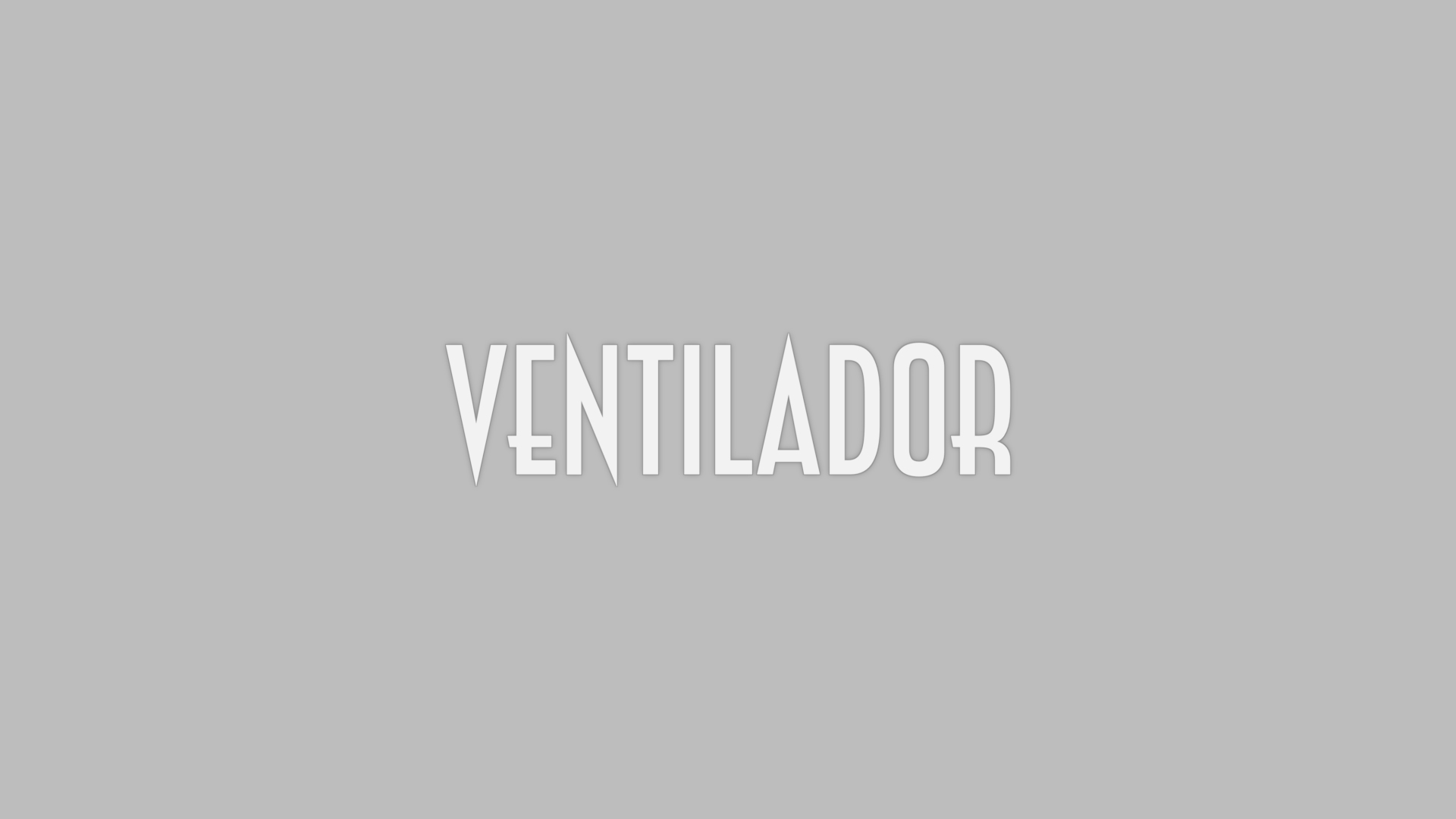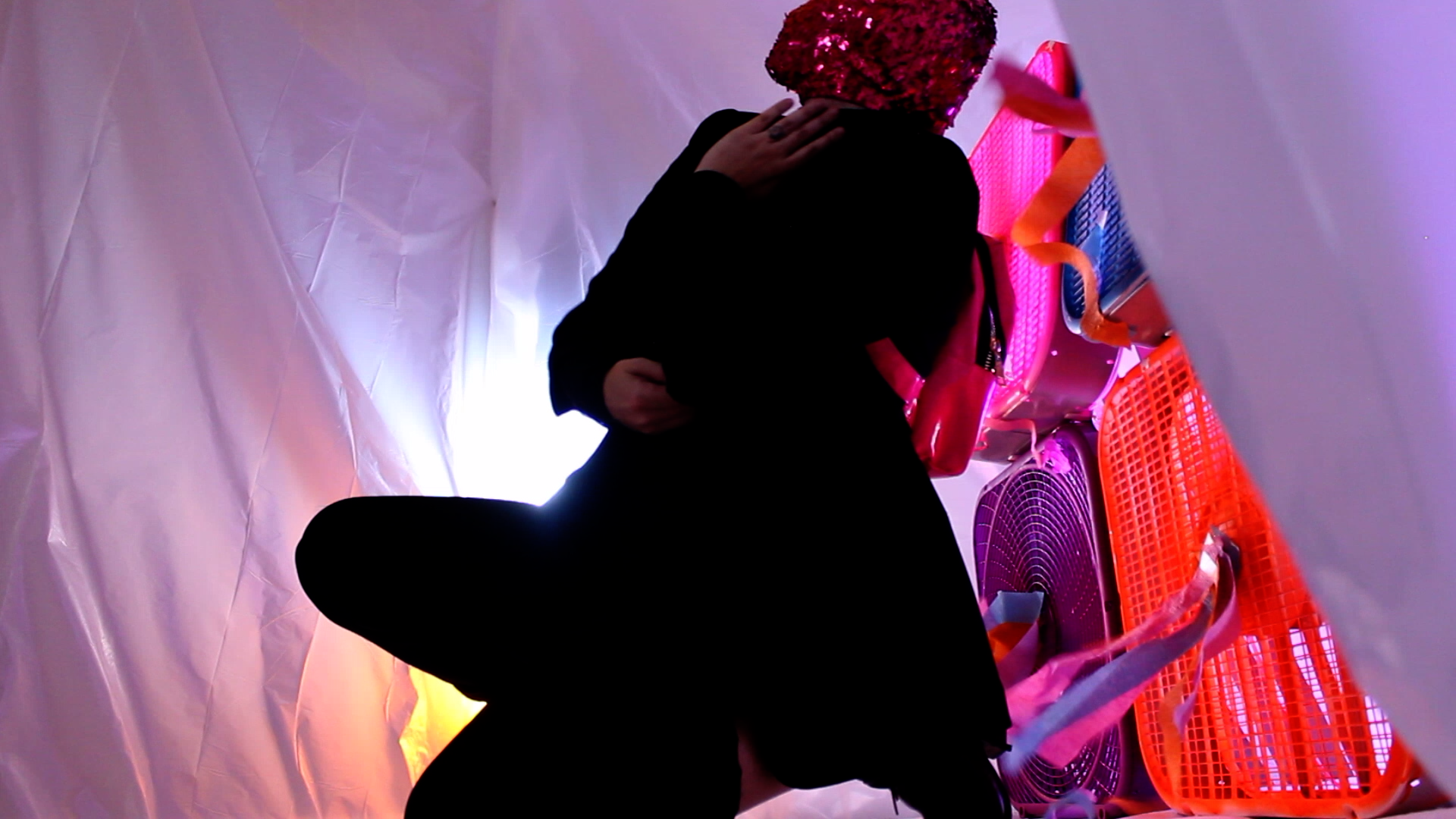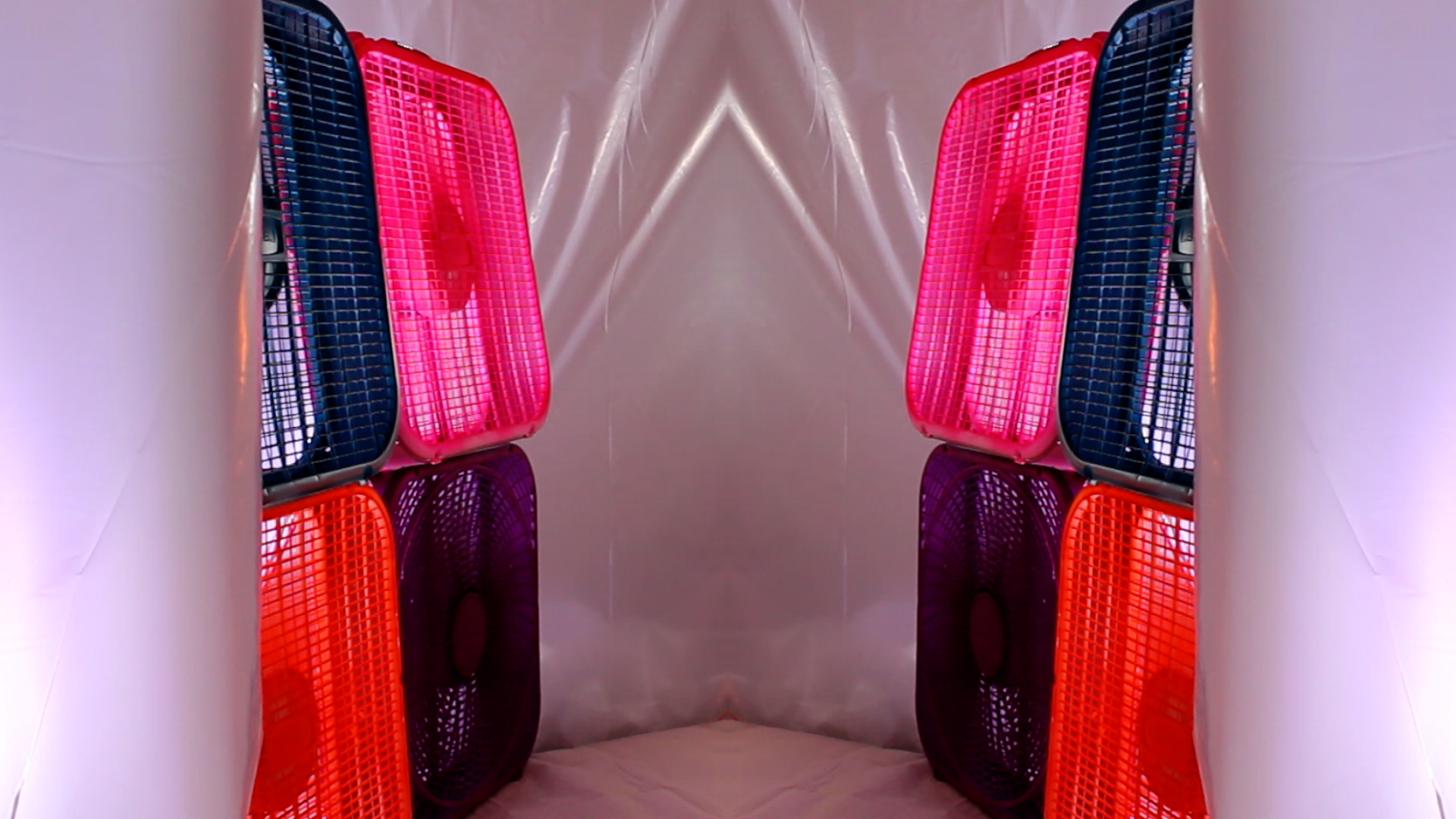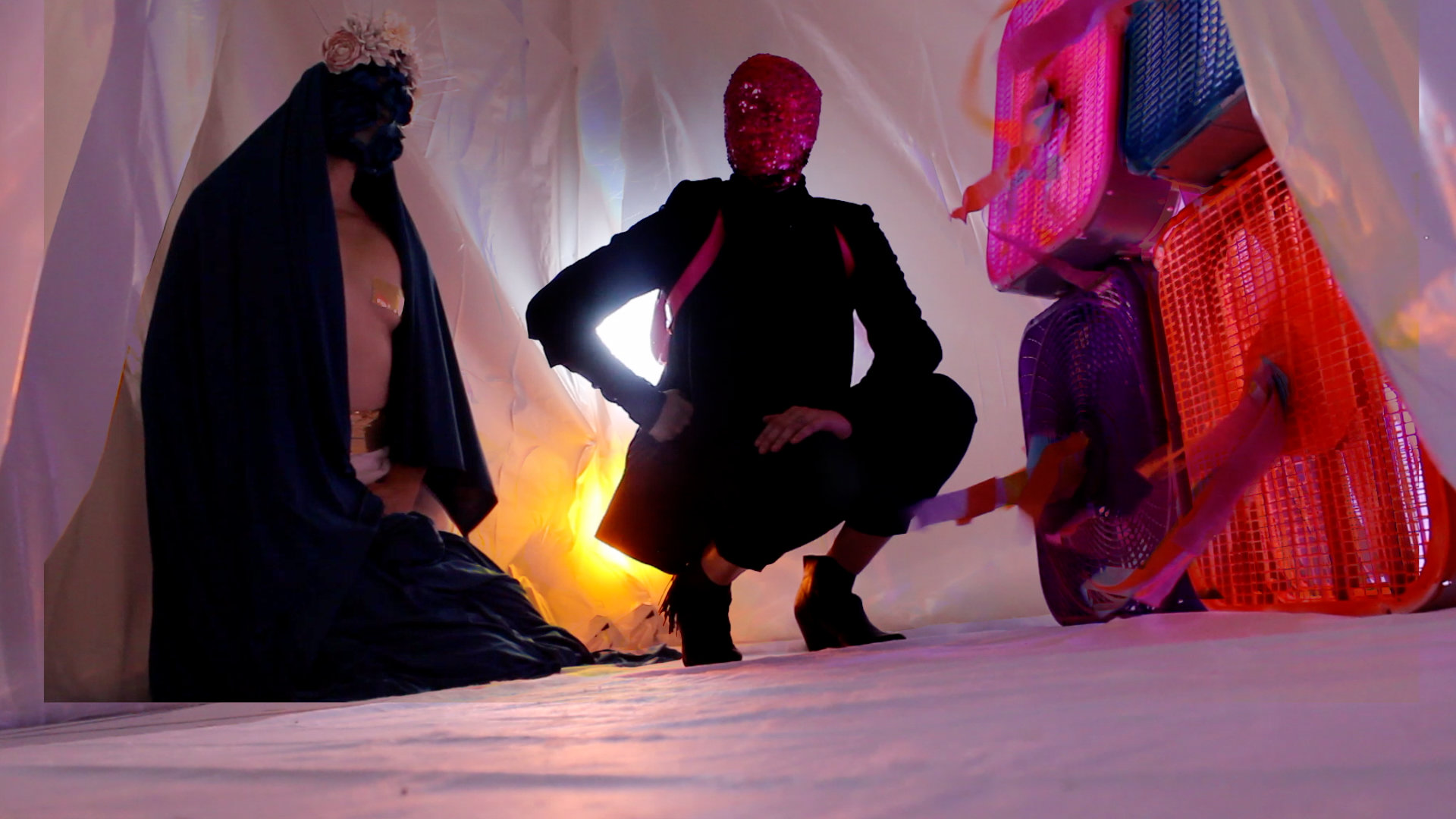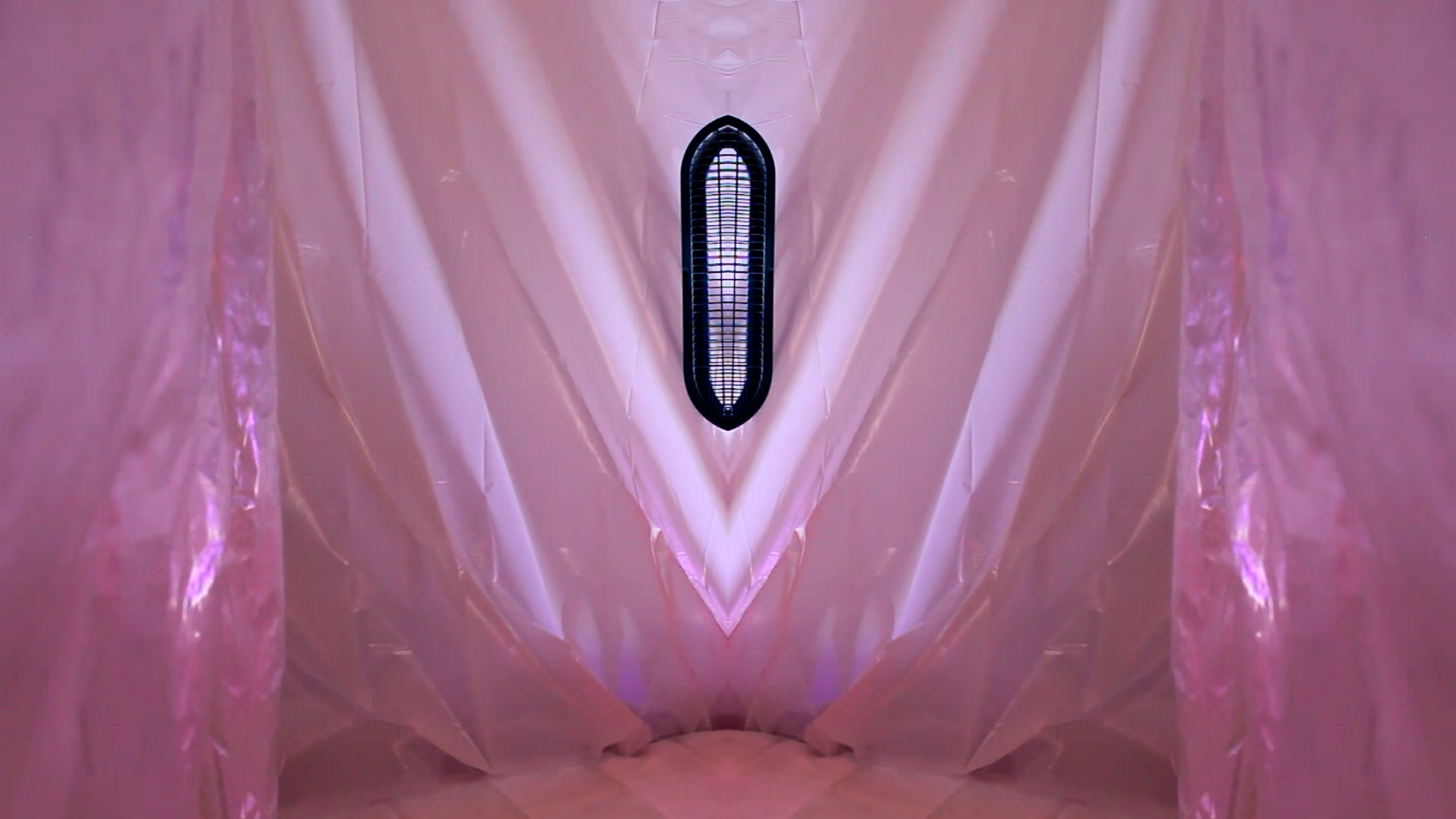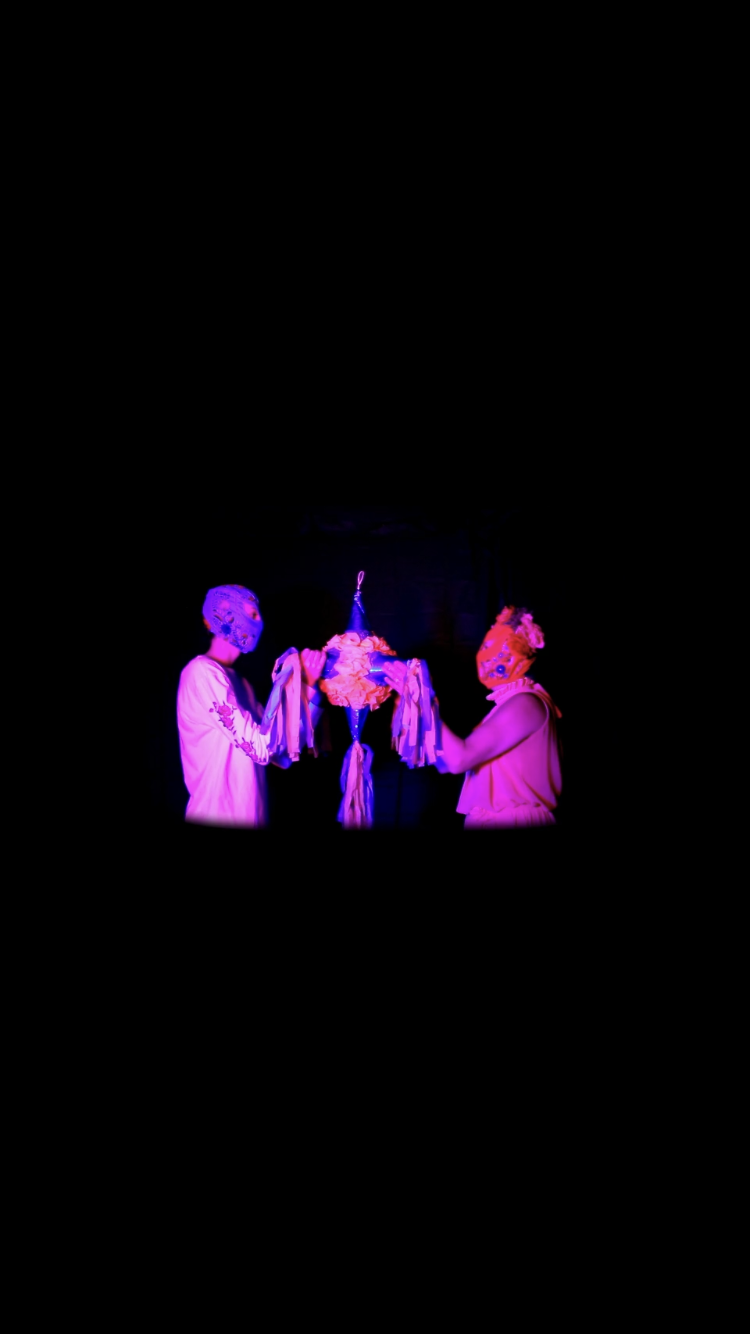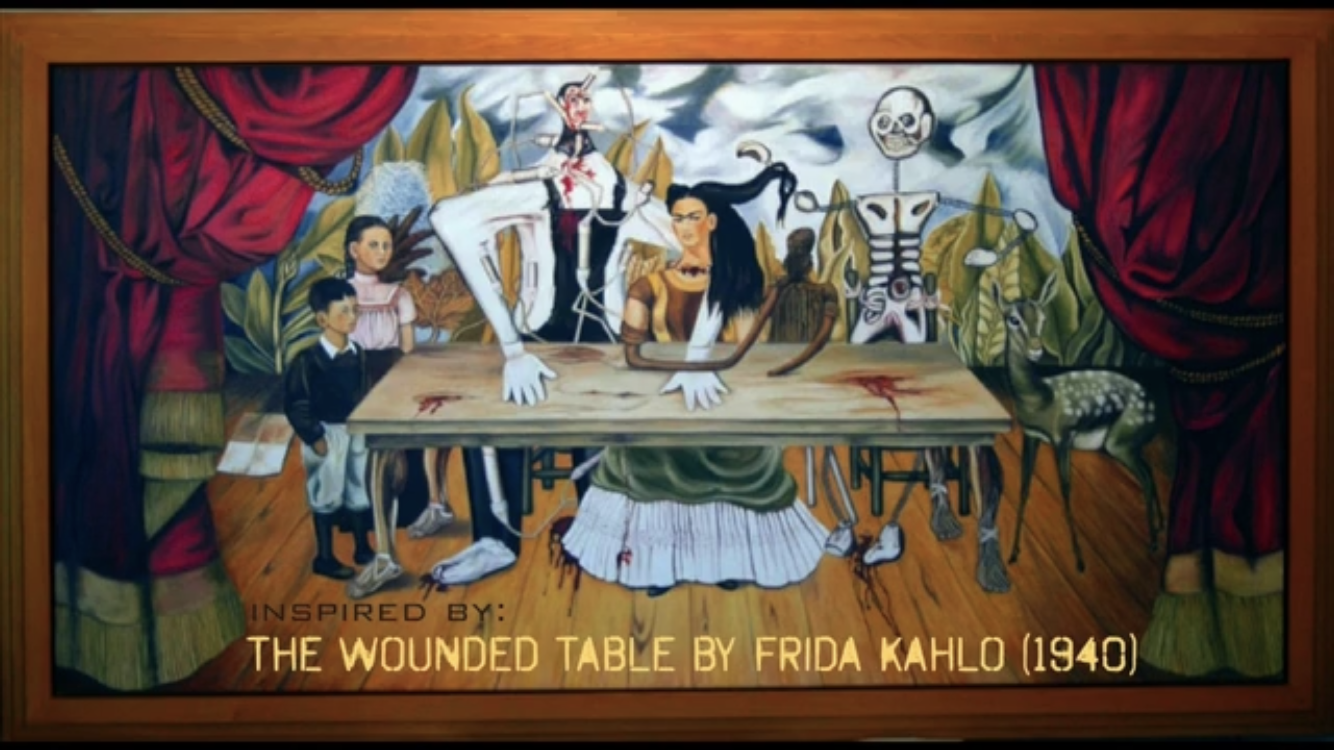VENTILADOR
|
VENTILADOR |
Directed, Edited, Choreographed & Performed: LROD
Camera Choreographer: Kathryn Nusa Logan
Credit: “First Footage from Space” by GE 1959
Sound: “Judge and Jury” (Prometheus Trailer) by Audiomachine
”The Obsolete Man” by The Twilight Zone
Binary Code
Zenhiser Samples
Bluezone Corporation
Sound Response
Installation & Masks: LROD
2019
FILM FESTIVALS
American Dance Festival’s Movies by Movers
Contact Dance Film Festival
Dance@30FPS
VENTILADOR is a sci-fi film from the US/MX border, called home.
PIÑATA
|
PIÑATA |
Director, Editor, Installation, and Masks: LROD
Luchadors: Señora Rubio y Mi Hijo Azul
Music: “Guadalajara Guadalajara” by Marca Ciudad
Masks by: LROD
FILM FESTIVALS
Movies by Movers @American Dance Festival, Durham, North Carolina
Latino Arts and Film Festival, Palm Springs, California | Award: Exceptional Artistry
Regards Hybrids, Montreal, Canada
DigiEye, Columbus Ohio
Note: Sci-fi thriller where two intergenerational worlds meet together surrounded by the ancestors.
TWO CACTUS
ONE PINATA
Borderland vol. 2: Bilateral
|
Borderland vol. 2: Bilateral |
Borderland Vol.2: Bilateral’s world premiere at the University of Texas El Paso in February 2021!
"The world premiere of Borderland vol.2: Bilateral features my performance alter-egos LROD and La Fractura in two different movements related to border performance and futurism. Borderland vol.2: Bilateral reflects the visual, embodied, and emotional way the border welcomes me home, has never left me, and continues to move in my research."
Thank you University of Texas El Paso for honoring me and my familia in being the first El Paso Artist to Choreograph and Show my film at the Dance Department in the Spring Concert in 2021.
Director, Edited and Designed: LROD
Masks and Apparel: LROD
Music editing: LROD
This film was made with the Migration, Mobility, and Immobility grant.
UTEP alumni: Tia Mara, Tio Joe (RIP), Mi papa Ruben, and Tia Armida (RIP). Thank you all for sharing your desire for education para mi.
BORderland Vol.1
|
BORderland Vol.1 |
Directed, Edited, Performed, and Designer: LROD
Camera Choreographer: Kathryn Nusa Logan
Borderland vol.1 is a short film installation embodying the notable Borderland Ecology by Christina Holmes. Movement through the lens of Chicanafuturism (Catherine S. Ramirez). This film was made possible by the Migration, Mobility, and Immobility Grant and is part of the Borderland Volume series.
OBSCURA
|
OBSCURA |
Directed, Edited & Designed: LROD y Artistas
Performers: Mi Famila, Rubio y Murphy y Rodriguez
Music: “Death Bed” by Alex Somers (Liminal Remix)
Deer + Masked boy mask by LROD
Note: Inter-generational archive of memory and familia in relationship to our ancestors who exist in the environment surrounding us. Obscura meditates on the close relationship with death, alters, and ceremonies mi familia upholds. Obscura is abstracted and inspired by Frida Kahlo’s Wounded Table(1940).
DIGGING AUGMENTED REALITY
|
DIGGING AUGMENTED REALITY |
As Co-creators Tara Burns and I, aimed to create an Augmented Reality application to provide educational supplement for inclusion and access for academic scholarship. We recognize as more multi-modal learning systems are necessary to connect research and data beyond text only.
Methodology
We chose ten pages that we would augment in the book. Each being accountable for five, we discussed ways that would most effectively visualize the textual content. We also looked at different ways to activate our selected pages resulting in a blueprint containing a motion capture example of poly-rhythm, several reliefs of video examples of the pieces discussed in the book with sound, and the capability to stop and restart the video with a button, one relief picture of a definition with sound to clarify the pronunciation of the word euphemism and one relief of a black and white picture that changed to color.
Discoveries and Looking Ahead
As we collected assets and artifacts for the project (i.e. video of Pearl Primus, a video of Earl “Snake Hips” Tucker, a photo of Dayton Contemporary Dance Company, etc.) we realized this project could run into copyright issues and would need further educational research for accessibility and inclusivity. This was also brought up in our first user test and demonstration during our Grad Day Showing in OSU’s Dance Department. However, using materials without permission to create a proof of concept was successful. We also have discussed converting the app for cross-platform use as it is currently only Android-based.
In addition, Vuforia only recognizes images not text unless graphically designed, so using Gottschild’s “Digging” posed some problems in that the content that we wanted to highlight only had text on the pages and all the photos for the whole book was located in the center. For the pages that didn’t have imagery, we used found photos and created inserts to the parts of the book. Although effective, it was most satisfying when the photographs printed on the pages of the book came to life. If designing an educational tool for augmented reality moving forward, we decided to work with the writers to keep Augmented Reality in the design process creating a more cohesive visual and educational experience.
VR -> Creating an Immersive & Embodied Virtual Environment
|
VR -> Creating an Immersive & Embodied Virtual Environment |
Content
As co-creators Tara Burns and I, aimed to create a room for a virtual Spielberg Museum to resemble Carol Anne’s room in Poltergeist the movie. Design of the room included interactive elements such as lights that change with proximity, a TV that turns on and plays a clip from the movie when you come close to it, moving objects in a cyclone, the picking up and releasing of objects, and shattering a window on touch.
Methodology
Our 5-week plan included dividing and conquering various interactive and animated elements. LROD dived into various iterations of animating and shattering techniques of glass for our window in both Maya and Unity while Tara sourced scripts to move the objects in a cyclone in Unity and created and textured the walls in Maya. We both sourced 3d Models for the static room objects (bed, wall decals, shelves, door, exit sign, window curtains, tree, and little bunny model) through Turbo Squid and various other free 3D models. We also sourced 3d Models in this way to modify in Maya and Unity such as the lamp, records, horse, and television. When you get close to the television the lights turn off and the television plays a video clip of the Poltergeist movie in which the objects circle in Carol Ann’s bedroom. This video gives context if the user has never seen the movie before. With guidance we created a script to activate the lights when you got close to the TV, this also activated the TV and the circling of the objects. We created hands that were able to grab the objects and conducted many tests to determine how large the collision boxes needed to be on the objects before they were grabbable as they passed the user. The speed of the cyclone also needed alteration (and perhaps still does) so the user could grab the objects. To simulate a museum experience, once an object is grabbed, the user hears descriptive information about the movie or disturbing information about the actors who played the characters in Poltergeist.
Discoveries and Looking Ahead
The biggest challenges we faced during this process included our learning curve when using Maya and also creating scripts for the interactions. Some intricacies in using Maya’s software made it difficult to transfer objects from Maya to Unity and it was easy to miss one little click which would be the determining factor for something working. Similarly, creating the scripts required a problem-solving brain and although we have some understanding of coding, we had to get some more in-depth help to get some of these interactions working. The most difficult was when we wanted multiple things to happen at the same time like proximity to the TV resulted in the lights switching off and the objects beginning to circle (which turns on being able to grab the objects). The more if/then you added, the more complicated and the more one thing began to affect the next, like the shattering of the window and the video clip playing on the TV. At one point the window was shattering into pieces on the floor, and as you see in this video, the window is one big piece of glass which is a result of some of the code mentioned above. Similarly, the clip on the TV is distorted in this final video when it was originally working before this script was implemented.
Even with all these challenges, our previous experience of choreography, movement, and creating performative spaces made it second nature for us to imagine the possibilities of what things could do in the virtual space. Turning lights off, triggering sound, and the flickering of a TV combine to create an immersive experience in the virtual world of favorite movie scenes creates an embodied experience. 2019
We do not own the rights to Spielberg’s Poltergeist and this was for educational purposes.
Motion Capture -> ISOLATED SALSA
|
Motion Capture -> ISOLATED SALSA |
Solo project utilizing mixamo and unity to produce choreography in the camera and virtual body. Challenge with working with these models is being able to plate the moves across the body parts. An area of growth would be to integrate better shoulder, hip, and spinal articulation, while addressing the hands. The other option would be to motion capture and add the model, which is another process I have worked with. This process seemed faster in the ability to get right to working with movement, light, and camera choreography in a digital space. The model is less articulated in the Latin form, however, to provided these details it would take many more hours of rendering and processing. Laura “LROD” learned to mobilize the digital camera, work with digital lighting and choreograph the virtual body. 2020 Advisor: Vita Berezina-Blackburn

